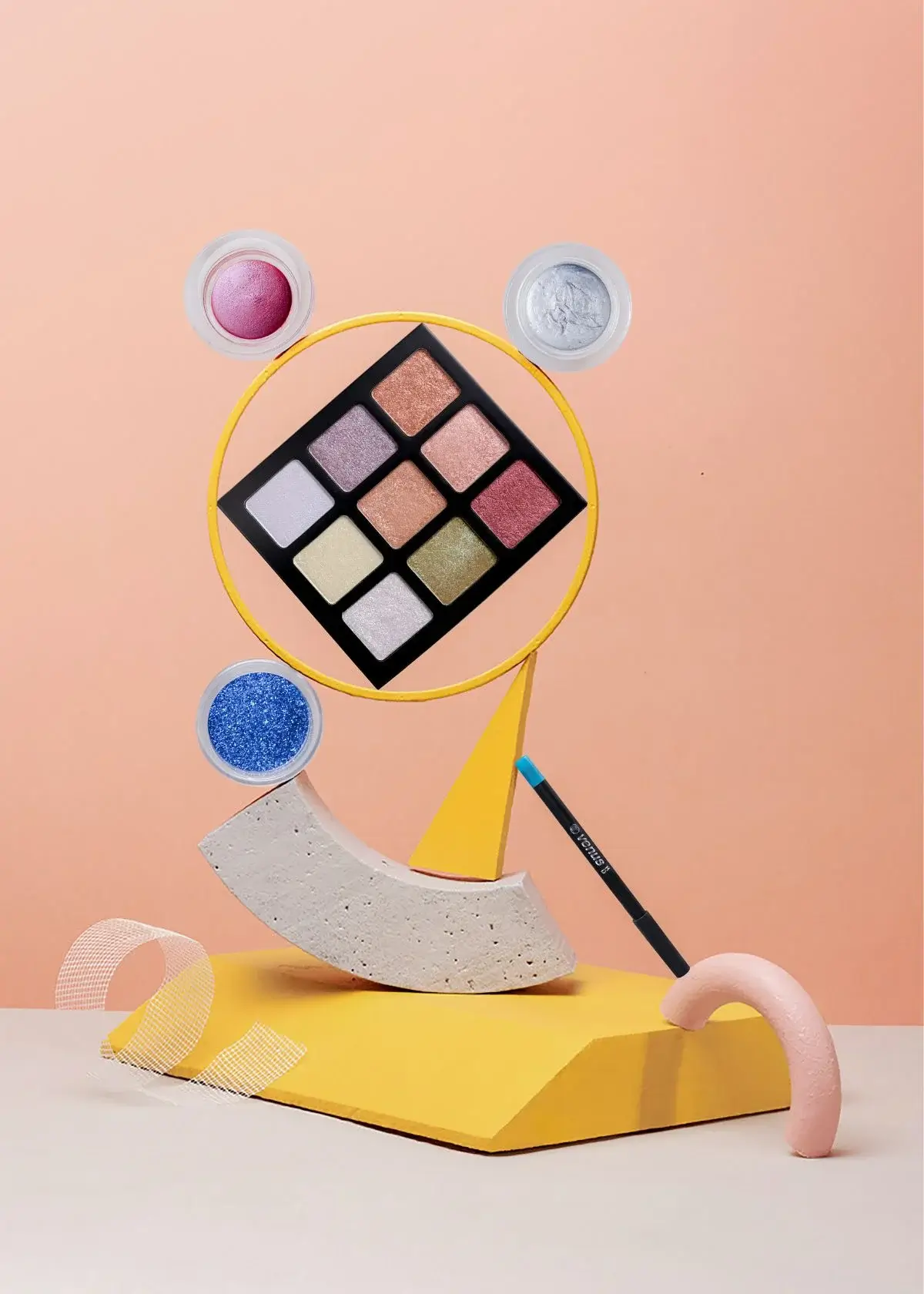Do you want to achieve chiseled cheekbones, a sharper jawline, and a slimmer face? A cream contour palette may be what you need. Contouring is a makeup technique that has been all the rage in recent years, thanks to celebrities and beauty bloggers who swear by it. While many people are familiar with powder contouring, cream contouring has been gaining popularity lately. In this blog post, we'll share everything you need about cream contour palettes and how to use them for a flawless, sculpted look.
What is a Cream Contour Palette?
A cream contour palette consists of several shades of cream-based products that create shadows and highlights on different face areas. The palette includes shades for contouring, highlighting, and blending. Like a powder contour palette, the cream comes in various shades for different skin tones. Cream contouring is excellent for people with dry skin as it blends easily into the skin and creates a more natural look.
How to Pick the Right Shades
Choosing the right cream contour palette ensures the shades complement your skin tone. For the contour shade, choose a shade that is one to two shades darker than your natural skin tone. Choose a shade about two shades lighter than your natural skin tone for the highlight shades. It's always best to review the shades on your skin before purchasing it to ensure it matches your skin tone.
How to Apply Cream Contour
To start, apply your foundation and concealer as usual, then apply the contour shade to the areas you want to create shadows on. This includes the hollows of your cheeks, along your jawline, and the sides of your nose. Blend it into your skin until it looks natural. Then, apply the highlight shade to the areas you want to bring out, such as the bridge of your nose, the center of your forehead, and the tops of your cheekbones. Blend it well into your skin.
Tools to Use
The best tool for applying cream contour is a contour or angled brush. You can also use a beauty sponge or fingers to blend the product into your skin. Always make sure to blend well to create a natural-looking finish.
Additional Tips
• When trying cream contouring, start with a light hand and gradually increase the intensity.
• Remember to blend well to avoid harsh lines.
• Use a translucent powder to set your cream contour for a long-lasting finish.
Cream contouring can help define your facial features and achieve the perfect sculpted look. You can create a more defined nose, cheekbones, and jawline with the right shade selection and application technique. Make sure to use the right tools and blend well for a smooth, natural-looking finish. So try cream contouring for your following makeup look and see the tremendous difference it can make!
As beauty lovers, we all know the importance of having the perfect contour. It can be a total game-changer for your overall look. That's why we enlisted the help of beauty editors to research and find the best cream contour palette on the market. And let us tell you, and we hit the jackpot. We've found a palette that blends like a dream and has the perfect range of shades to suit any skin tone. Say goodbye to harsh lines and hello to flawlessly sculpted cheekbones. Trust us, and you won't regret checking out this game-changing palette. So go ahead, click the link, and discover your next favorite best cream contour palette.
What is the ideal skin type for using a cream contour palette?
The ideal skin type for a cream contour palette is not limited to a specific type. Cream contour can be used on various skin types, including dry, regular, and combination. However, individuals with oily skin may find that cream contour tends to blend less seamlessly and may require different powder settings. It's essential to consider the texture and finish of the cream contour product to ensure it suits your skin type. Performing a patch review and experimenting with different formulas can help determine the best option for your skin type and desired outcome.
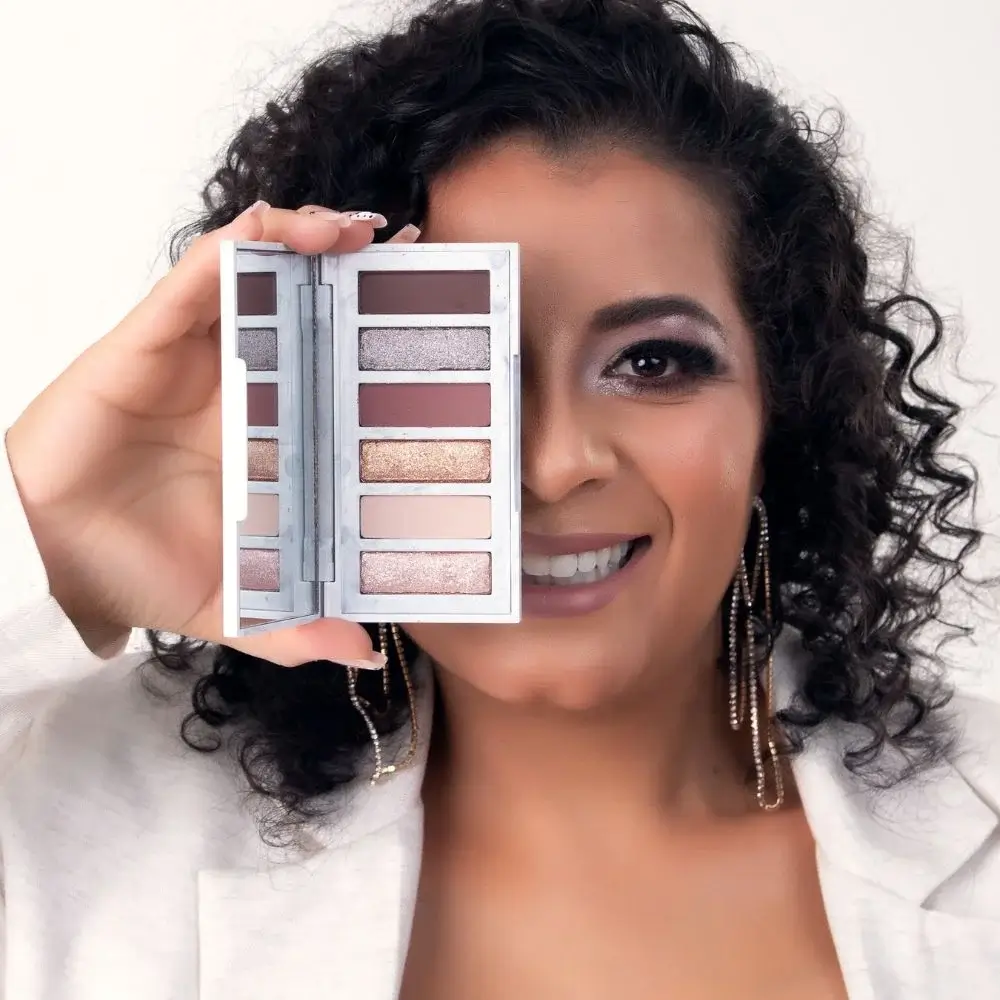
What tools or brushes are best for applying cream contour?
When applying cream contour, the right tools can make a significant difference in achieving a flawless result. Consider using a small, dense synthetic brush or a beauty sponge for precise application. These tools allow for controlled application and blending, ensuring a seamless finish. Brushes with angled or tapered bristles define the cheekbones, jawline, and other facial contours well. If using a beauty sponge, dampen it slightly to help blend the product evenly. Experimenting with different tools can help you find the one that best suits your technique and preference.
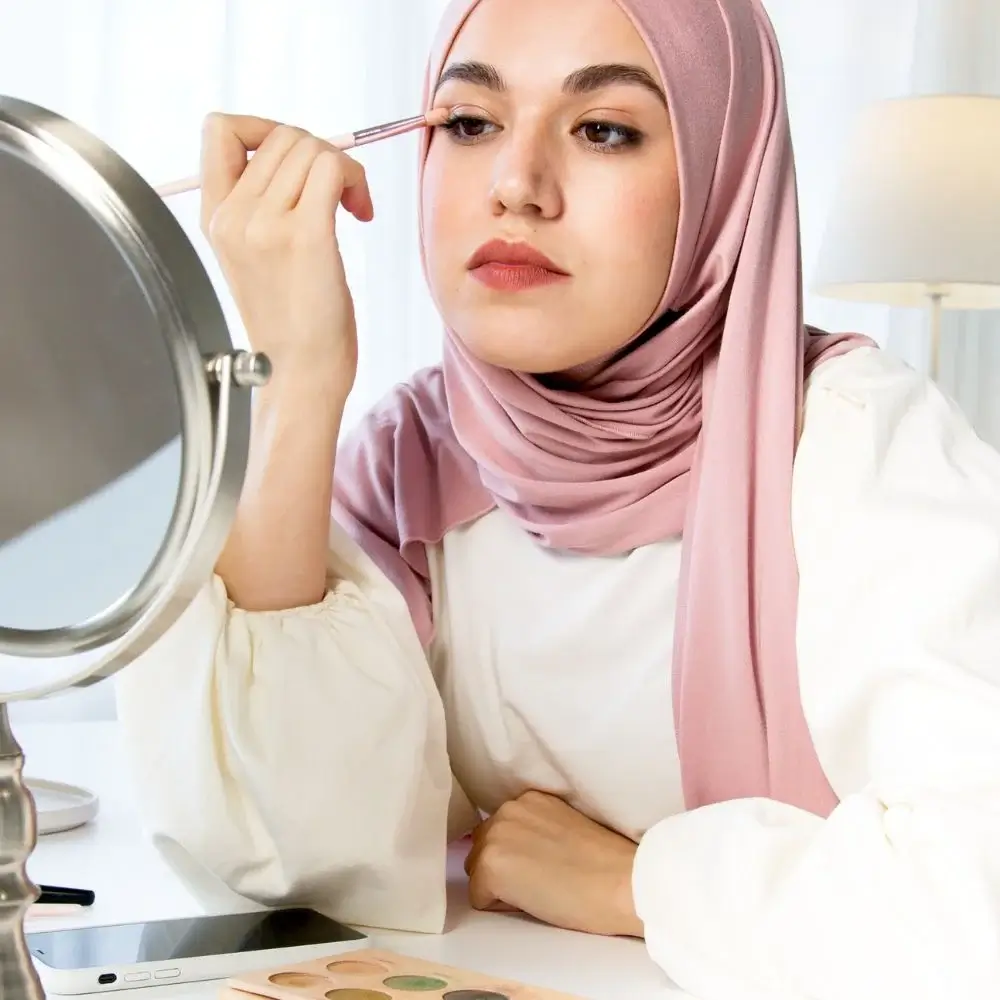
What is the shelf life of a cream contour palette?
The shelf life of a cream contour palette can vary depending on the specific brand, formulation, and storage conditions. Generally, cream contour products have a shelf life of around 12 to 24 months from the opening date. However, checking the packaging or consulting the manufacturer's guidelines for accurate information is essential. Factors such as exposure to air, sunlight, and contamination can affect the product's longevity. To maximize the shelf life, ensure the palette is tightly closed after each use and stored in a cool, dry place away from direct sunlight.
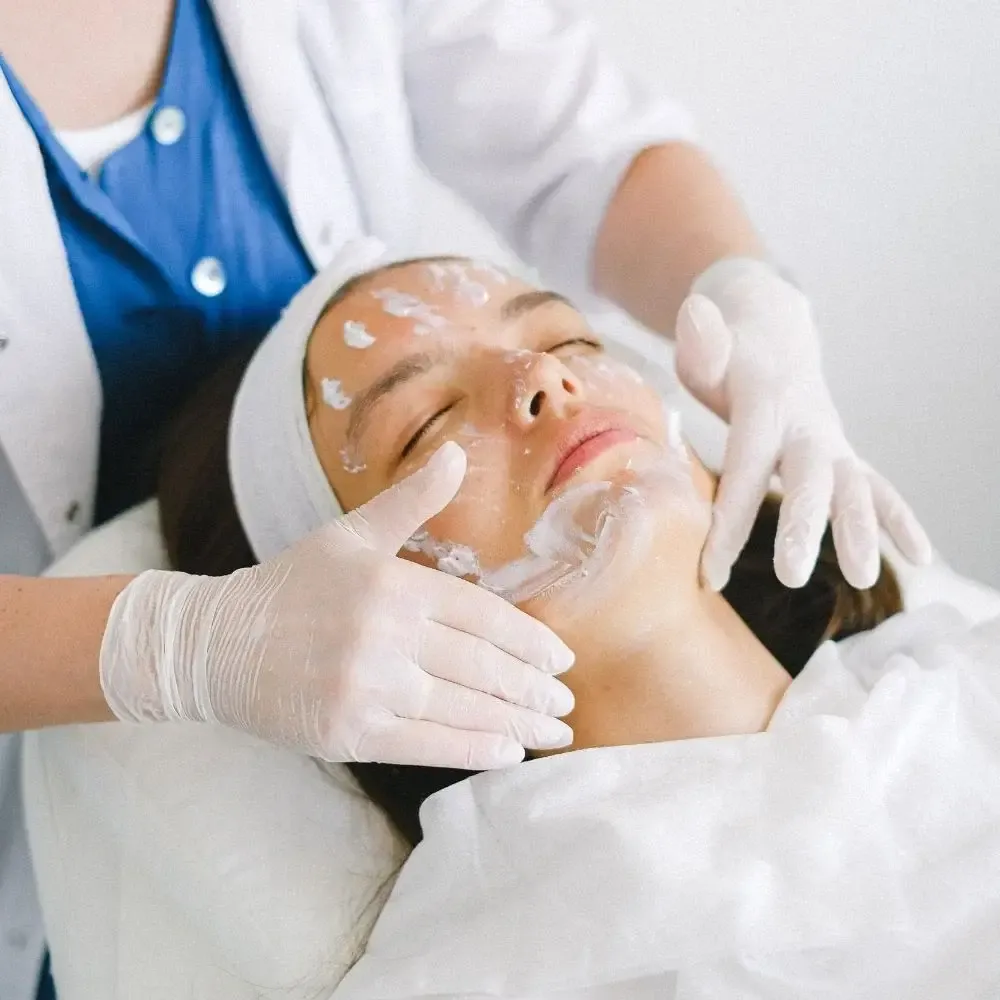
How do I prevent a patchy or streaky finish when using cream contour?
A few key steps can make a significant difference in preventing a patchy or streaky finish when using cream contour:
- Ensure your skin is adequately moisturized and primed before application. This creates a smooth canvas for the contour product.
- Start with a small product and gradually build it to achieve the desired intensity. This approach allows for better control and blending.
- Tapping or stippling motion instead of dragging the product can help achieve a more seamless and natural finish.
- Always blend the edges of the contour to avoid harsh lines and ensure a seamless transition with the foundation.
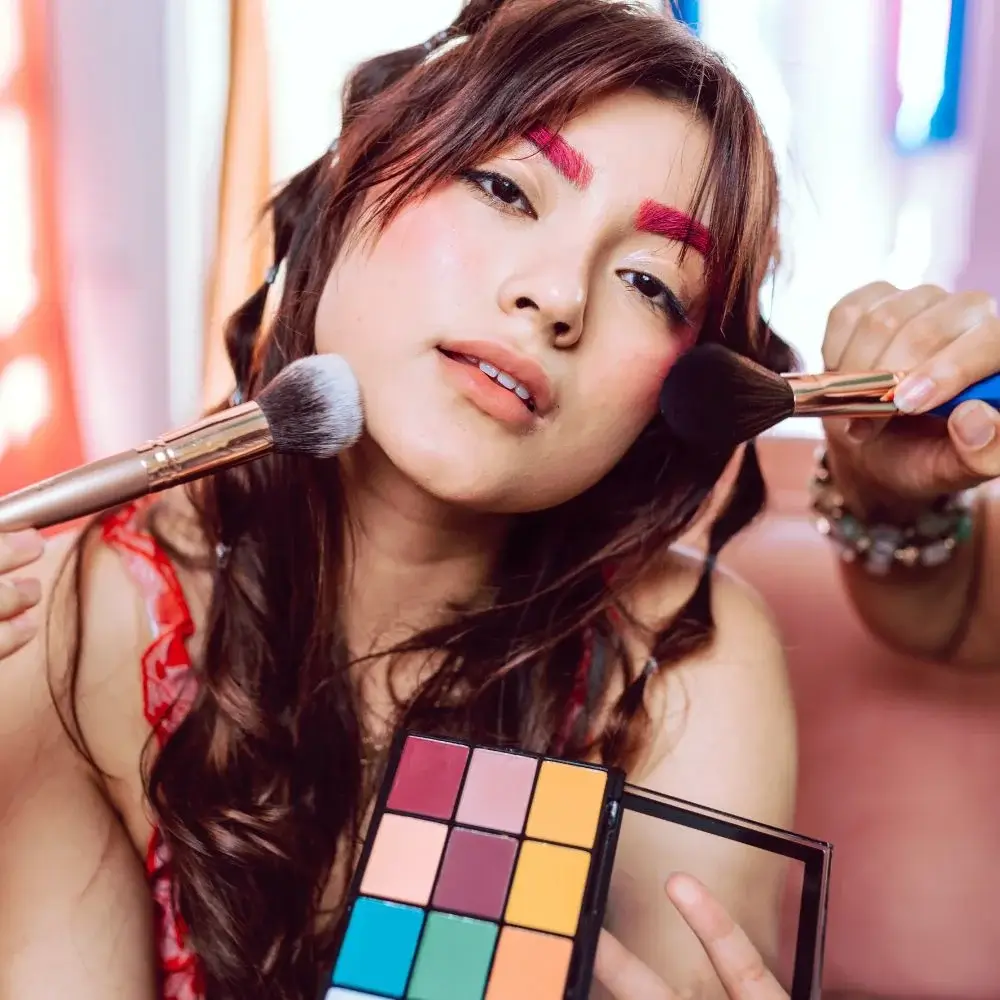
How should I set my cream contour to make it last longer?
You can use a setting powder to set your cream contour and make it last longer. After applying the cream contour, gently dust a translucent or color-matching powder over the contoured areas. This helps to set the cream product in place, increase its longevity, and minimize any potential smudging or fading throughout the day. Use a fluffy brush to apply the powder lightly, ensuring a sheer and even application. Remember not to apply too much powder, as it may alter the intended effect of the contour. Setting the cream contour with powder is especially beneficial for those with oily or combination skin.
Should I apply cream contour before or after the foundation?
The preferred order of application, whether to apply cream contour before or after foundation, can vary depending on personal preference and desired outcome. However, applying cream contour before the foundation is generally recommended. By applying it first, you can create a more natural and blended look. The cream contour can act as a guideline for foundation application, helping to enhance and define the desired areas. Blending the cream contour over the foundation can produce a more seamless and polished finish. Experiment with both techniques to determine which method works best for you in achieving your desired contouring effect.


